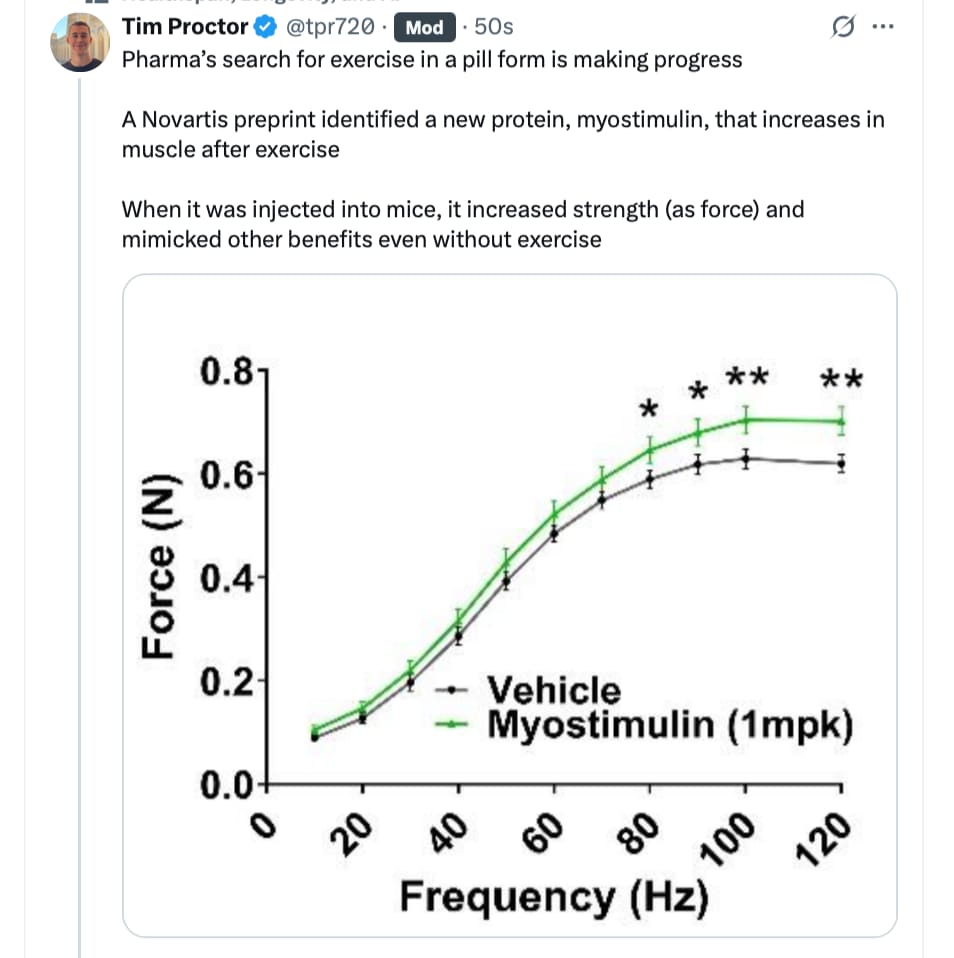How does exercise benefit health? Molecules called exerkines partly regulate its effects and provide therapeutic targets to mimic the benefits of exercise.
On a brisk afternoon in March 2009 in Ontario, as winter melted into spring, Mark Tarnopolsky and his team at McMaster University sat around a table for their weekly lab meeting. The topic was the focus of their group research: exercise physiology.
“I’ve been interested in exercise because I’m an athlete,” said Tarnopolsky, who has competed internationally in sports such as adventure racing, ski-orienteering, and winter triathlon. “And as a neurologist who treats children and adults who have muscular dystrophy or mitochondrial disease, I’ve always been very interested in how exercise could provide benefit.”
In the lab meeting, as Tarnopolsky and his team discussed the diverse molecules secreted from different tissues—myokines by muscles and adipokines by fat tissue—that partly help mediate exercise effects, Tarnopolsky had an idea.
“I said, geez, you know, really, we don’t know where they’re coming from. Sometimes muscle, sometimes liver, sometimes fat,” recalled Tarnopolsky. “Why don’t we just call them ‘exerkines’ to sort of broadly describe the proteins, the metabolites, and the microRNA that change in response to exercise, which confer the systemic benefits?”
Today, researchers recognize exerkines as a broad variety of signaling molecules—including peptides and proteins, hormones, metabolites, lipids, and nucleic acids—released upon exercising.1 These compounds exert their effects on target cells and drive the whole-body effects of exercise.
and who knew, there are skin benefits from exercise:
Aside from autocrine and paracrine functions, researchers have found that exerkines can also act on distant organs. During their studies, Tarnopolsky and his team observed that people who exercised had better skin than those with sedentary habits. They obtained biopsies from volunteers to investigate the molecular mechanism behind this. “When you did the skin biopsy with the punch in the athletes, it was crunching [like] an apple, like it felt firm,” recalled Tarnopolsky. “[While] in the sedentary people, the biopsy needle would twist and spin because the dermis was not very intact.”
To investigate the molecular mechanism underlying skin health in athletes, the team extracted blood from the two groups of people. They found that exercise induced the secretion of IL-15 from muscles. When they treated skin fibroblasts with this exerkine, they observed an increase in mitochondrial biogenesis, which improved overall tissue health.
